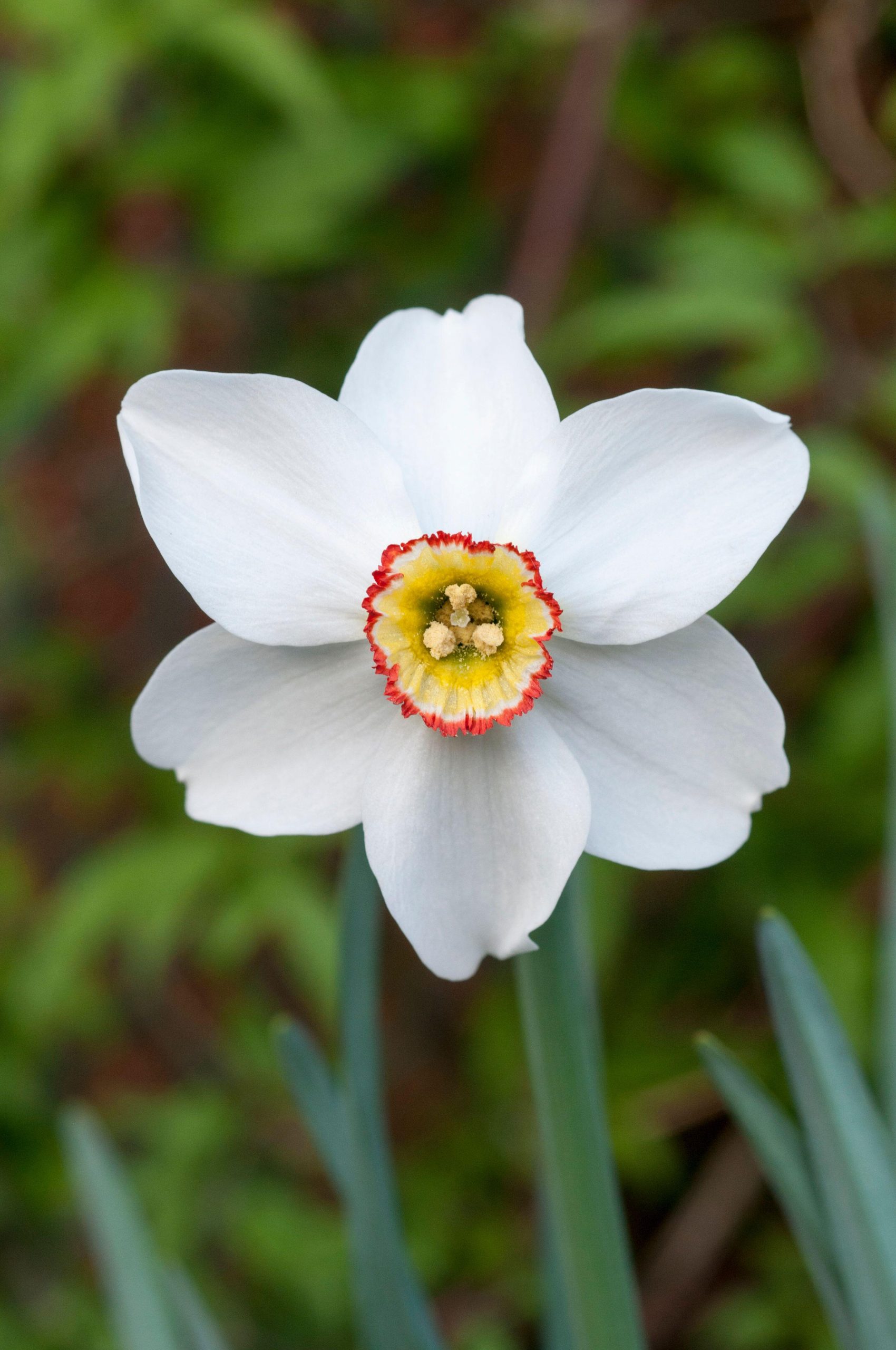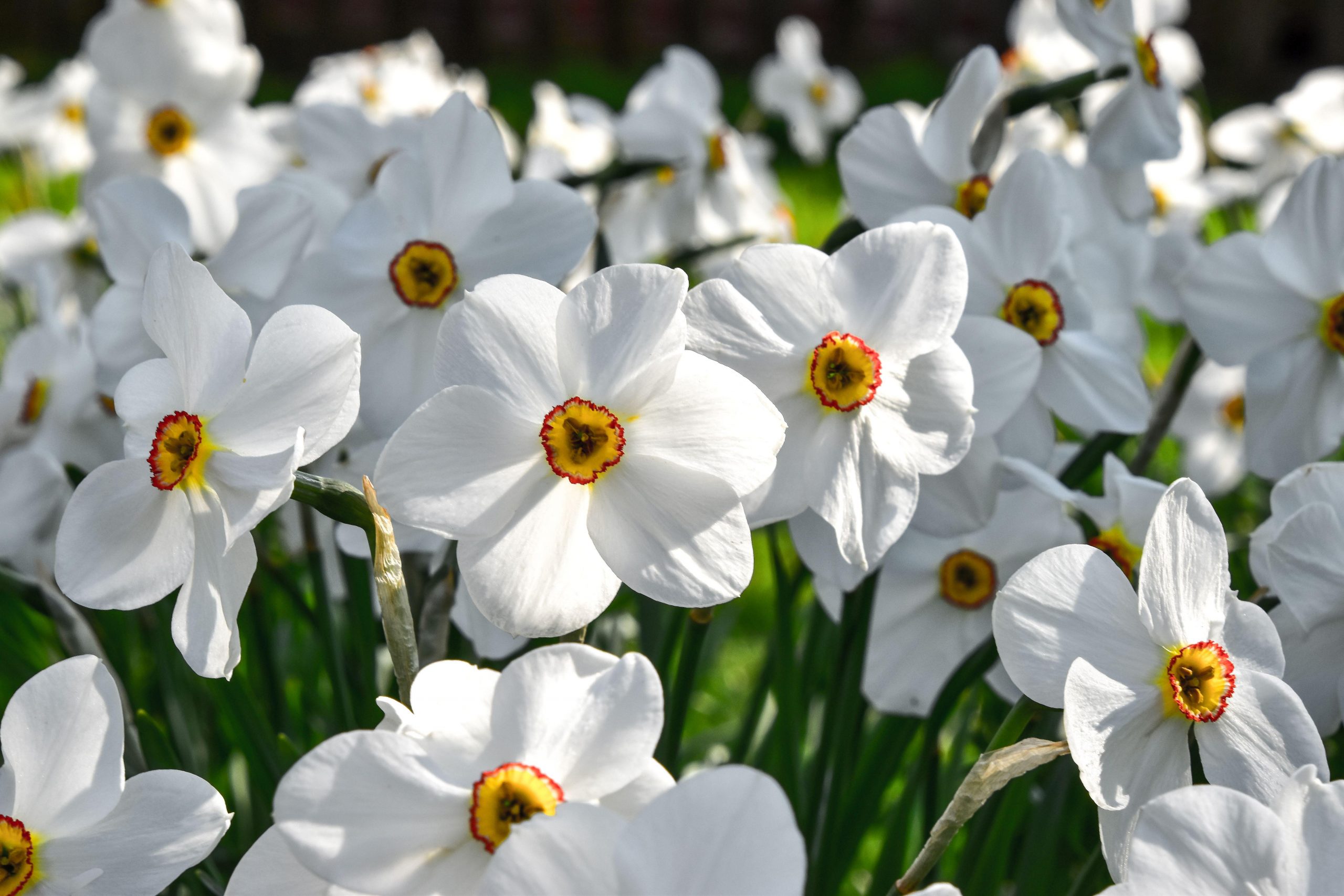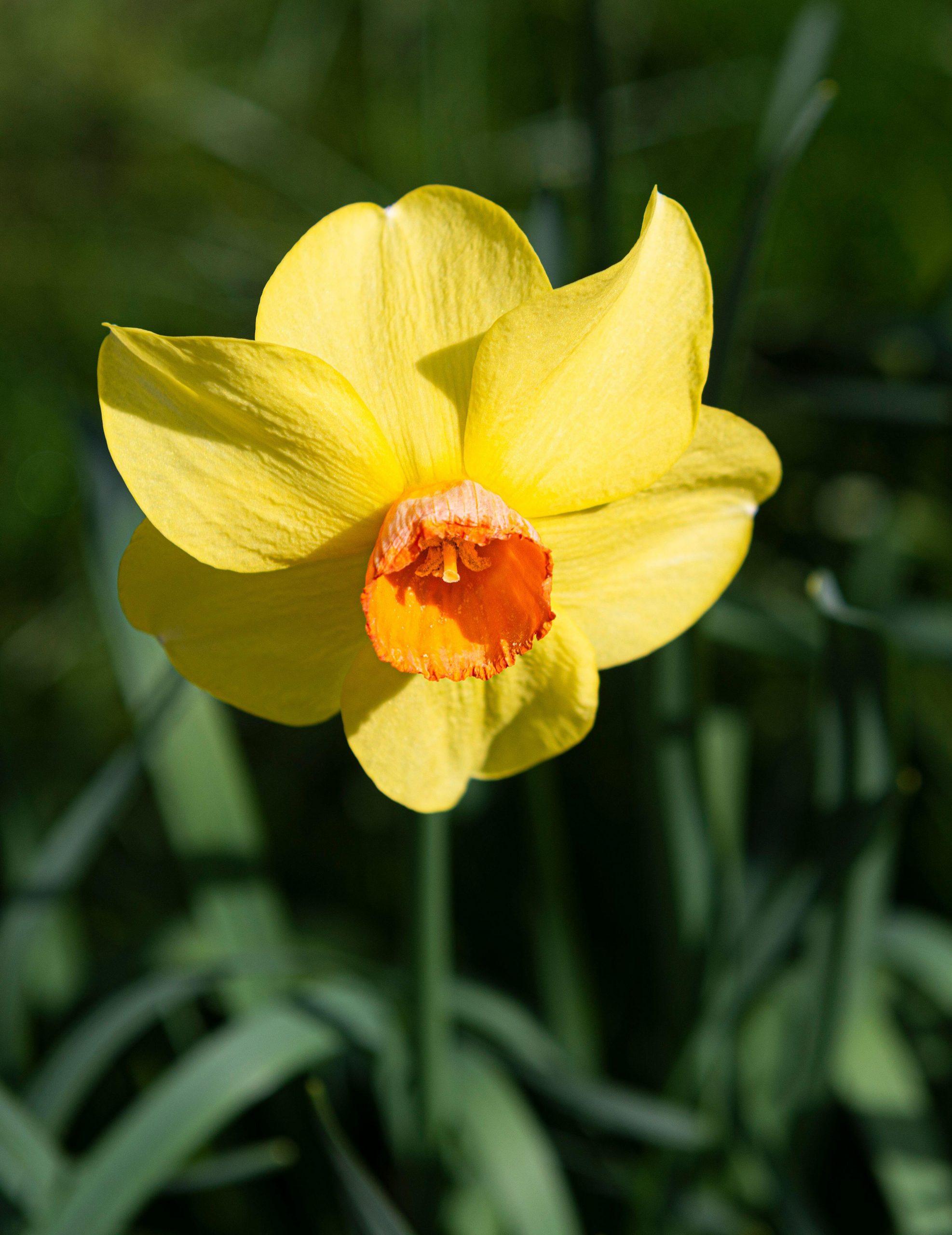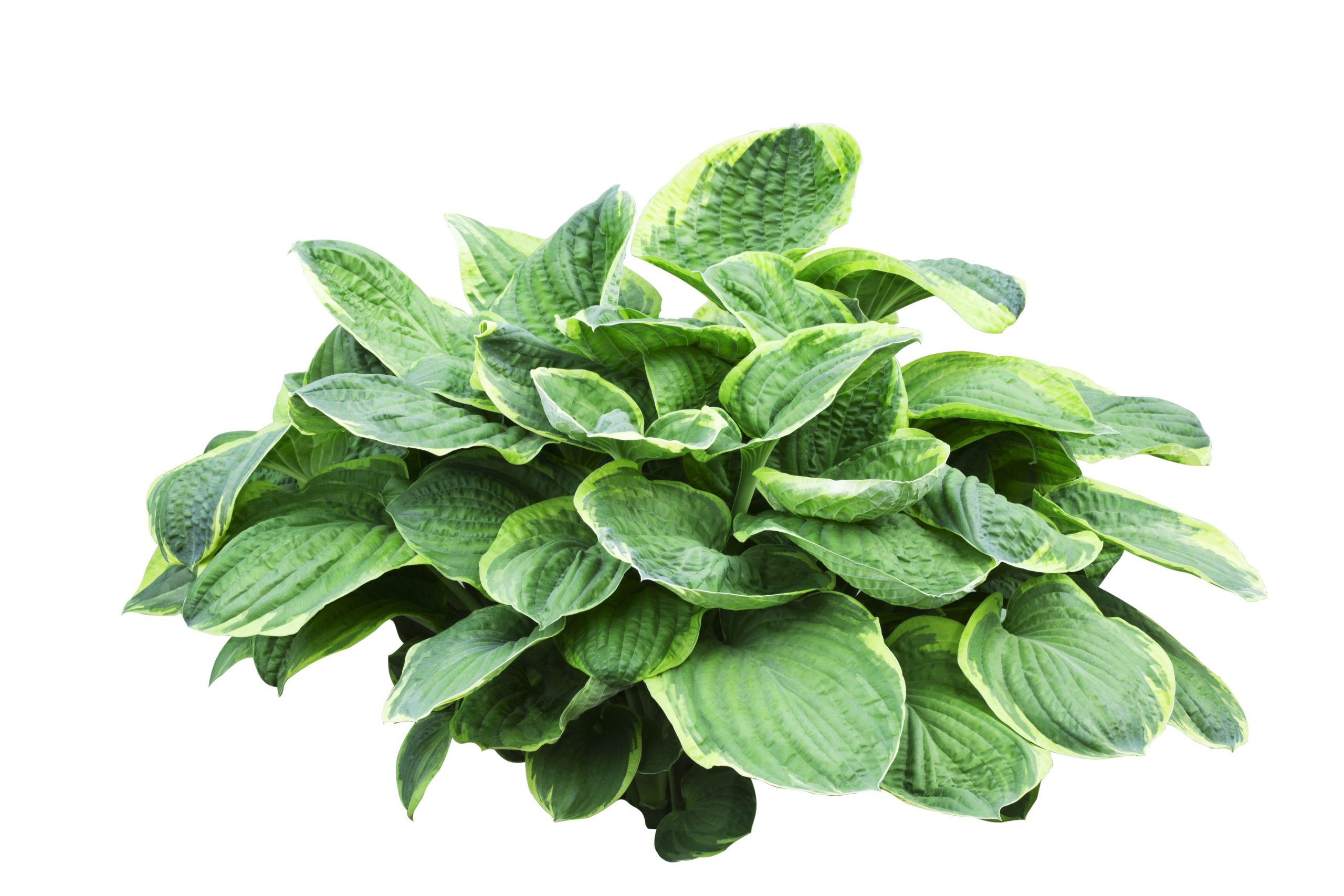Mary Keen: The narcissi you cannot do without
Gardener and writer Mary Keen discusses her love of the smaller, more fragrant daffodil and the varieties to plant in your garden.

Daffodils glaring from verges and parks are not among my favourite flowers. The brashest of the large gold trumpets bears the name of King Alfred, yet he was, by all accounts, a modest and thoughtful man.
I prefer the much smaller wild daffodil, which made Wordsworth dance for joy, but true Narcissus pseudonarcissus is hard to find in bulb catalogues these days. In our last garden, it seeded like grass, so anyone who can find seed and has the patience to wait could still enjoy this elegant flower with pale petals and lemon-yellow trumpet.
N. obvallaris, the Tenby daffodil, is a pure yellow wildling, which is easy to source, but it has a more strident presence than the gentle pseudonarcissus.

What Alan Street of brilliant Avon Bulbs refers to as the Old Ladies—the earliest cultivars of this familiar flower—tend to be the only large daffodils I like. With floppy petals and subtle colouring, they are an acquired taste that is appealing to more and more gardeners.
Narcissophiles do exist and Heritage daffodils are beginning to be as sought after as rare snowdrops. If you like a flower with broken, rather than solid colour, an old variety called ‘Princeps’ is worth hunting down.
Some of my other favourites are ‘Bath’s Flame’, ‘Lucifer’, ‘C. J. Backhouse’ and Narcissus barri conspicuous (syn. N. ‘Conspicuus’). The National Trust’s Cotehele in Cornwall and Wimpole in Cambridgeshire are good gardens to visit for historical daffodils.
A more modern, yellow, large-cup daff I can’t resist is ‘Rijnveld's Early Sensation’. Grow a few of these in a forgotten corner and you can pick the green tapered buds to bring indoors from early January.
Exquisite houses, the beauty of Nature, and how to get the most from your life, straight to your inbox.
It is an AGM plant and very easy to grow. Of course, I would love to succeed with Narcissus ‘Cedric Morris’, which flowers before Christmas, but, so far, the only time I managed to buy it I failed to keep it. Currently, my name is on a waiting list for three bulbs at £10 each.

In the new meadow here, which is much sunnier than my last orchard, I am trying to naturalise small bulbs, such as Crocus tommasinianus, Anemone blanda and A. pavonina, as well as tulips bakeri, linifolia and sylvestris. These are starting to seed, along with cowslips and primroses.
Later on, the glowing wands of Gladiolus byzantinus will appear, so I try not to swamp the sun lovers with a mass of narcissi. I want to keep the scale of the meadow flowers small and delicate anyway. Narcissus ‘Segovia’ is very pretty and seems happy in grass.
It has tiny, cupped, scented, almost white flowers. Twice the height of ‘Segovia’ is N. fernandesii var. cordubensis, currently my favourite narcissus. Actually, this is a jonquil, rather than a daffodil, because one of its chief attractions is that it has the narrow leaves characteristic of jonquils. (All jonquils are daffodils, but not all daffodils are jonquils.)
One of the snags of growing any daffodil is that their thick leaves take so long to die and are unappealing in the process. My favourite from Córdoba in Spain has small, yellow, flat-cupped flowers that grow on several stems and, as do all jonquils, it smells heavenly. Technically, these bulbs need special raised-bed treatment, but, in a sunny spot in my free-draining Cotswold brash, they seem perfectly happy so far.

I’ve been less successful with the true jonquil, Narcissus jonquilla, another Spanish native, which has the same rush-like leaves and wonderful fragrance. They were new the year before last, so I am waiting to see if they perform more enthusiastically after two years in the ground. Another, slightly beefier, jonquil is ‘Trevithian’.
I like its lemon-yellow flowers and delicious scent better than the more usual choice, ‘Cheerfulness’. It is too big to plant in the meadow, so I grow a row for picking in the allotment.
The last narcissus I could never live without is the old pheasant’s eye, Narcissus poeticus var. recurvus, for which ‘Actaea’ is not a substitute. Poeticus is later to flower than ‘Actaea’ and much more delicate. By the time it is out, in May, the grass is almost as high as the flower. Planted in semi-shade under the apple trees, among snowdrops, it allows me to keep the sunnier spots for fussier types.
Paradise and Plenty: A Rothschild Family Garden by Mary Keen is out now
Horticultural aide-mémoire

Divide hostas
Hostas, hitherto invisible, start to stick their pointy snouts through the ground about now. Lift a whole plant and place it on a flat surface. Using a spade or an ancient carving knife according to taste, slice down through the clump to generate smaller units, each of which has shoots and roots.
Replant these a few inches apart and line any surplus out in the kitchen-garden nursery for future use. The same procedure can be repeated in future as demand dictates. The eagle-eyed will take the opportunity to extract lurking slugs. Toss these onto the path, where the waiting robin will dispatch them. SCD

